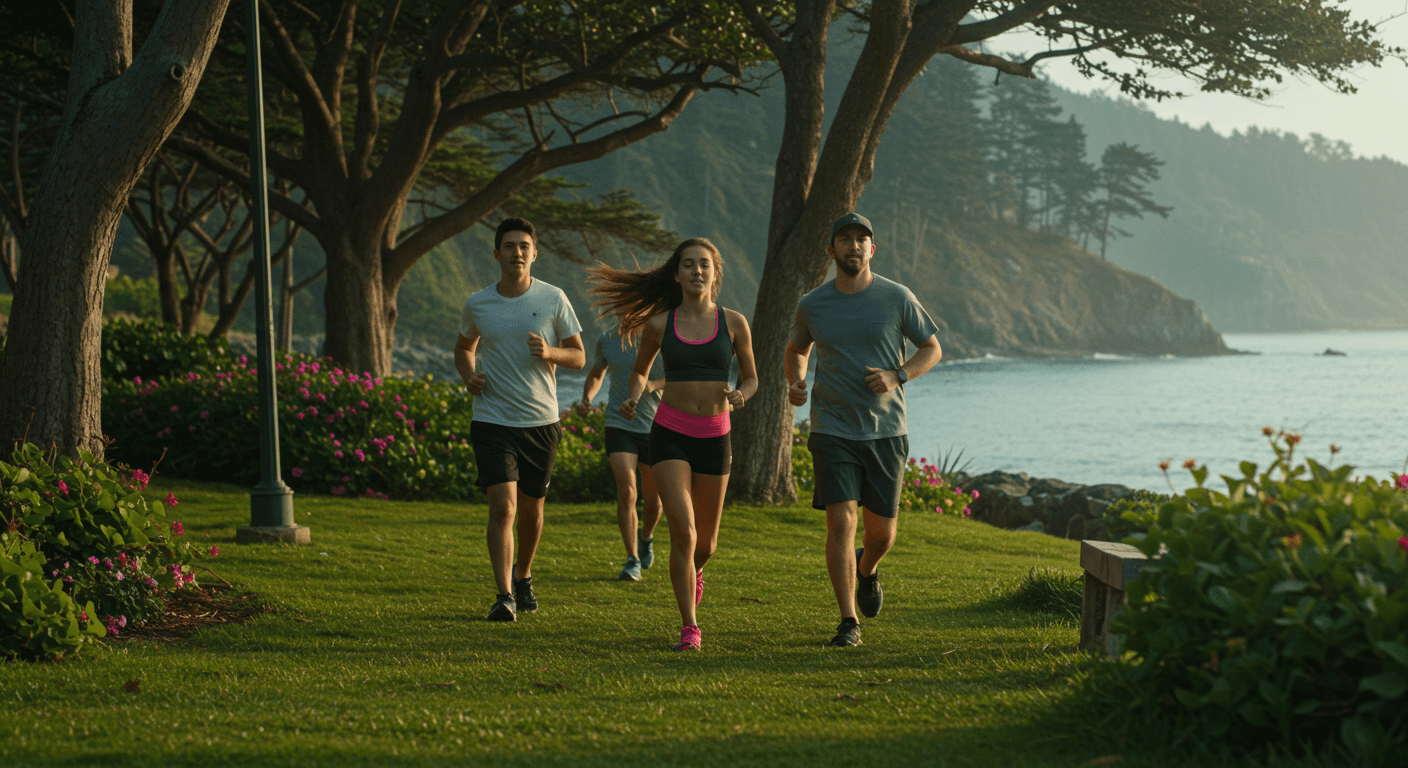Top Takeaways and Key Concepts
Know your foot type: Identify your arch type with a wet test to find suitable shoes.
Fit is crucial: Ensure shoes fit snugly with a thumb's width between your toe and the shoe.
Cushioning vs. support: Choose cushioning for neutral strides and support for overpronation.
Test before buying: Always jog in the shoes before purchasing to check comfort and fit.
Replace shoes regularly: Replace running shoes every 300-500 miles to maintain performance.
Summary of This Article
Please Note: This post may contain affiliate links. If you click one of them, we may receive a commission at no extra cost to you. As an Amazon Associate, I earn from qualifying purchases.
This article provides essential advice on selecting the right running shoes. It emphasizes the importance of understanding your foot type and choosing shoes that fit well, offer the right balance of cushioning and support, and suit your running style. It also suggests testing shoes before purchase, replacing them regularly based on mileage, and staying within budget while ensuring comfort. With these tips, you can avoid common shoe-related issues and improve your running experience.

Choosing the right shoes for jogging can feel like trying to find a needle in a haystack, especially when that haystack is filled with shiny sneakers promising to make you run faster, jump higher, and possibly even develop superhuman powers. Let’s face it—if I had a dollar for every time I stared at a wall of running shoes and wondered if I’d accidentally walked into an alien spaceship, I could buy all those shoes. But fear not! With a little guidance and perhaps some questionable humor, we’ll navigate this maze together.
Understanding Your Feet
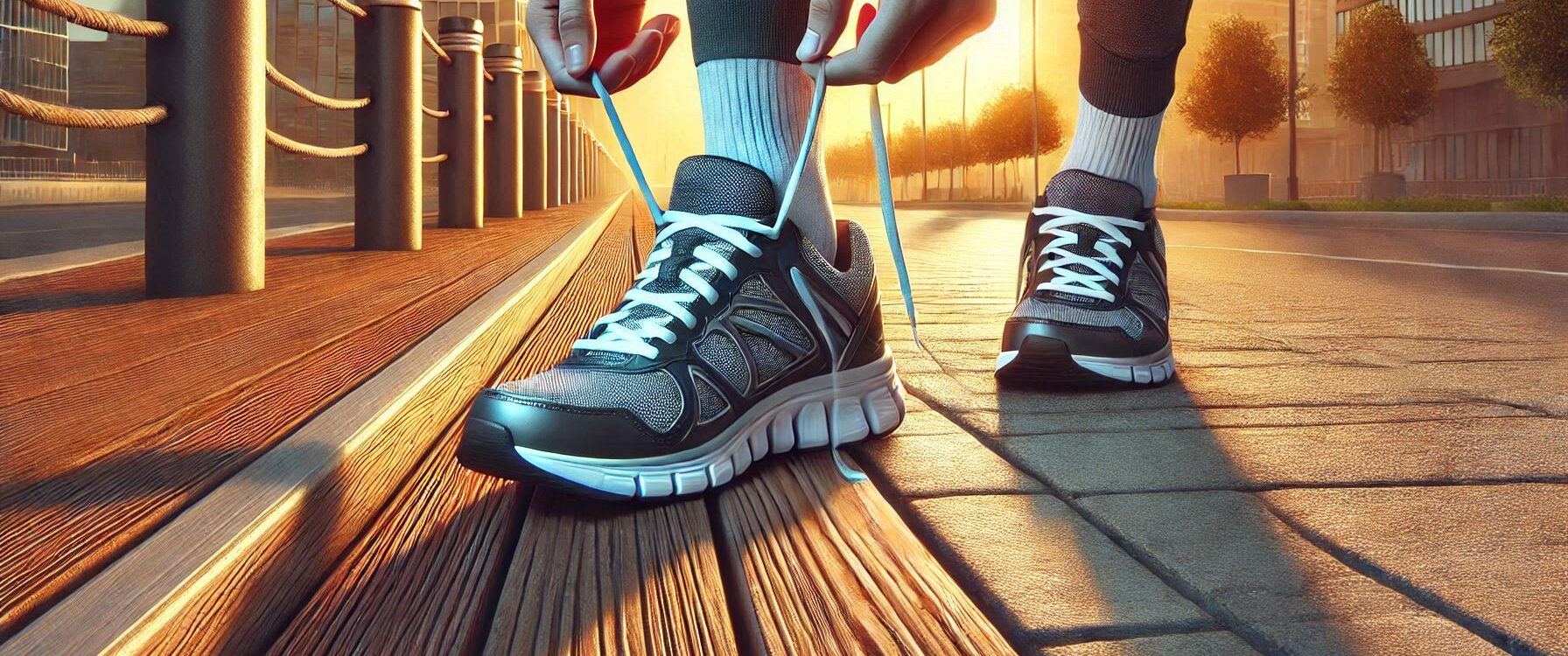
First things first: let’s talk about your feet. They’re the unsung heroes of jogging but often get overlooked like that last slice of pizza at a party. To pick the perfect pair of running shoes, you need to know what kind of foot you have. Are you flat-footed? Do you have high arches? Or maybe your feet are somewhere in between—a delightful mix that keeps shoe salespeople on their toes (pun intended).
A good starting point is to assess your arch type. One method involves getting your feet wet and stepping onto a piece of cardboard or paper towel—yes, it sounds odd, but trust me; it works! The imprint will reveal whether you're flat-footed or have high arches. Once you've identified your arch type, shopping becomes less daunting because now you know which styles might work best for you.
Interestingly enough, many people ignore this step altogether and end up with shoes that feel as comfortable as wearing socks made of sandpaper. So please don’t skip this vital part unless you enjoy unnecessary foot pain!
Finding Your Fit
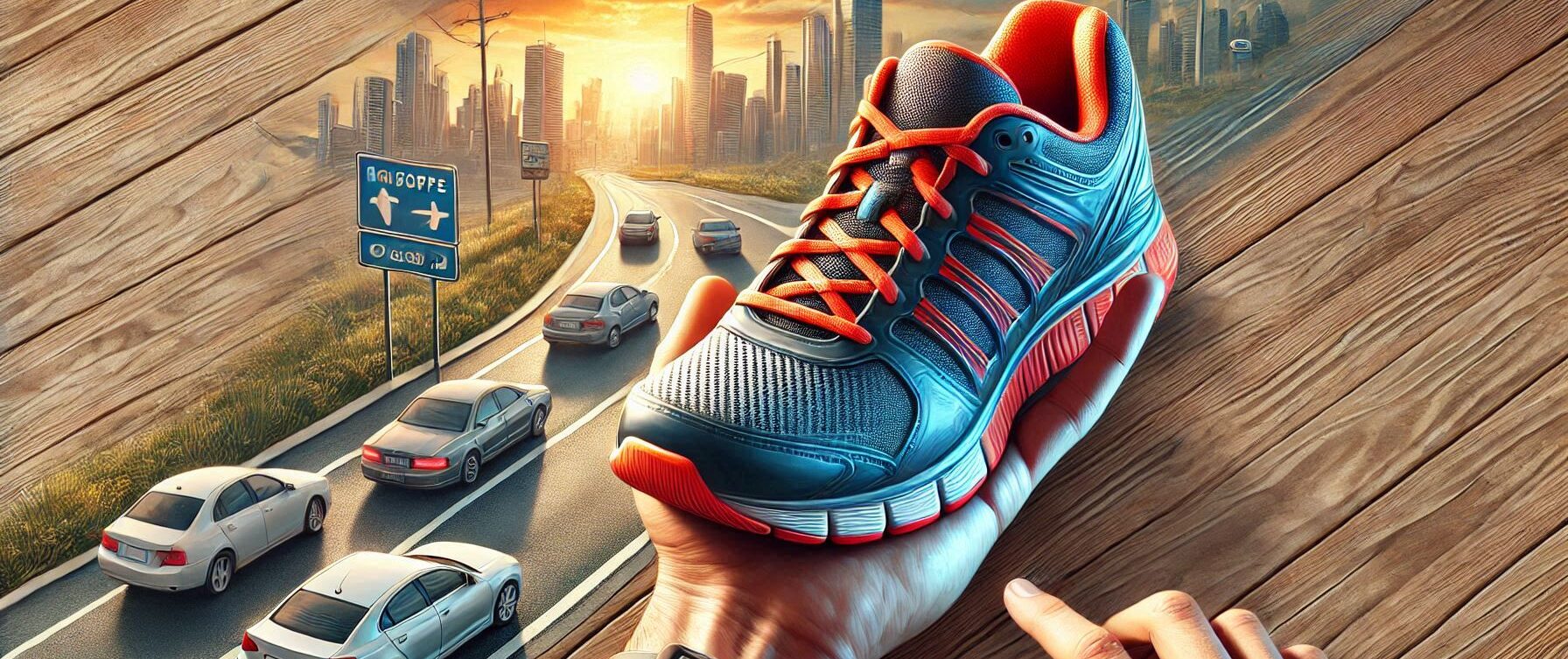
Now that we’ve established what type of foot situation we're dealing with, let’s dive into fit. When trying on shoes, it's essential to ensure they fit snugly but not so tight that you're contemplating calling an exorcist for your toes. A good rule of thumb is to leave about a thumb's width between your longest toe and the end of the shoe—unless you're planning on using those extra inches as storage space for snacks during long runs.
By the way, remember to try on shoes later in the day when your feet are naturally swollen from gravity doing its thing all day long. This way, you'll avoid buying shoes that feel great in the morning but turn into torture devices by lunchtime!
And speaking of fit—don’t forget about width! If you've got wider feet than average (like mine), look for brands offering wide options because squeezing into narrow shoes is like trying to cram an elephant into a Mini Cooper—it just doesn’t work out well.
Cushioning vs. Support
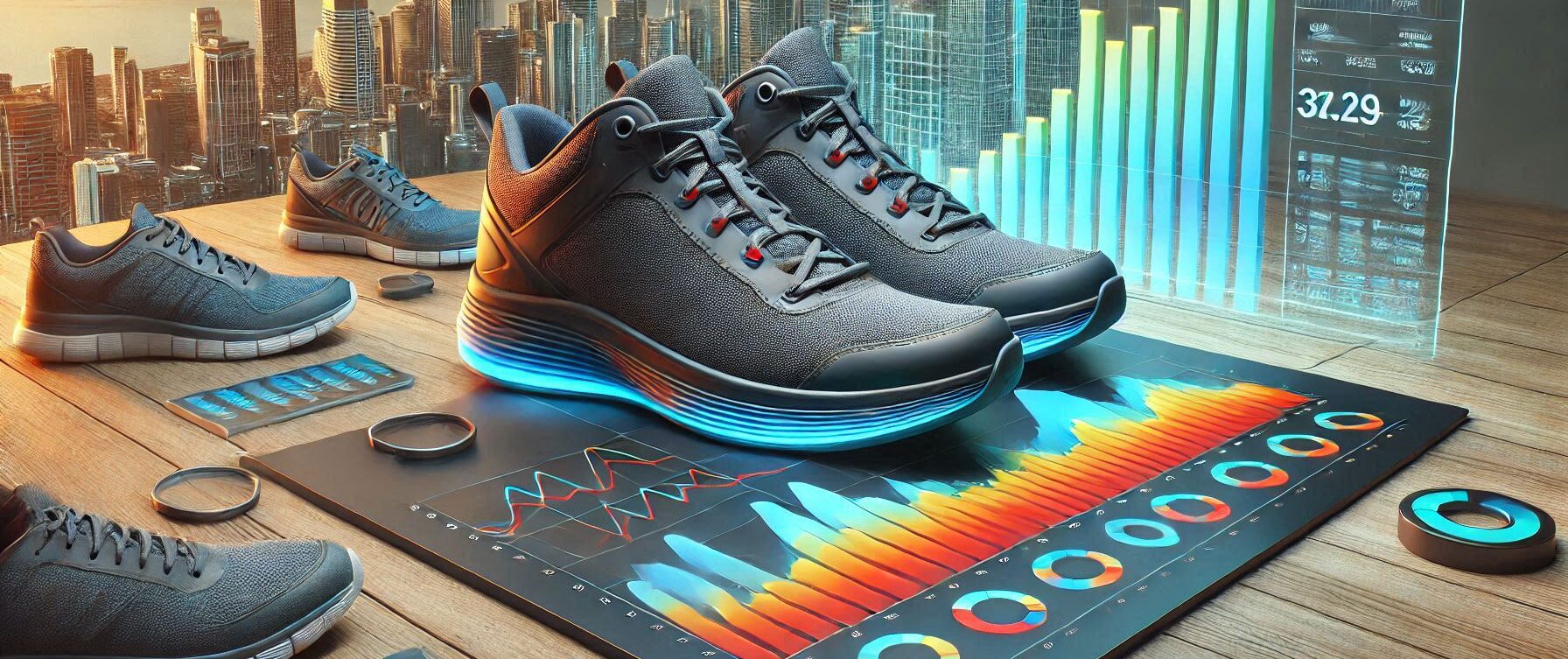
Next up is one hotly debated topic: cushioning versus support! Some runners swear by cushy soles that make them feel like they’re bouncing on clouds while others prefer firm support that feels more stable than their life choices after college graduation.
To be fair, it really depends on personal preference and running style! If you're someone who loves speedwork or has a neutral stride (meaning no excessive pronation), go ahead and indulge in those fluffy cushions designed by scientists who probably studied cloud dynamics or something equally impressive.
On the other hand, if you're prone to overpronation (where your foot rolls inward excessively), look for stability shoes with added support features designed specifically for keeping everything aligned while preventing injury—like having training wheels on your bicycle until adulthood hits hard!
Trying Before Buying
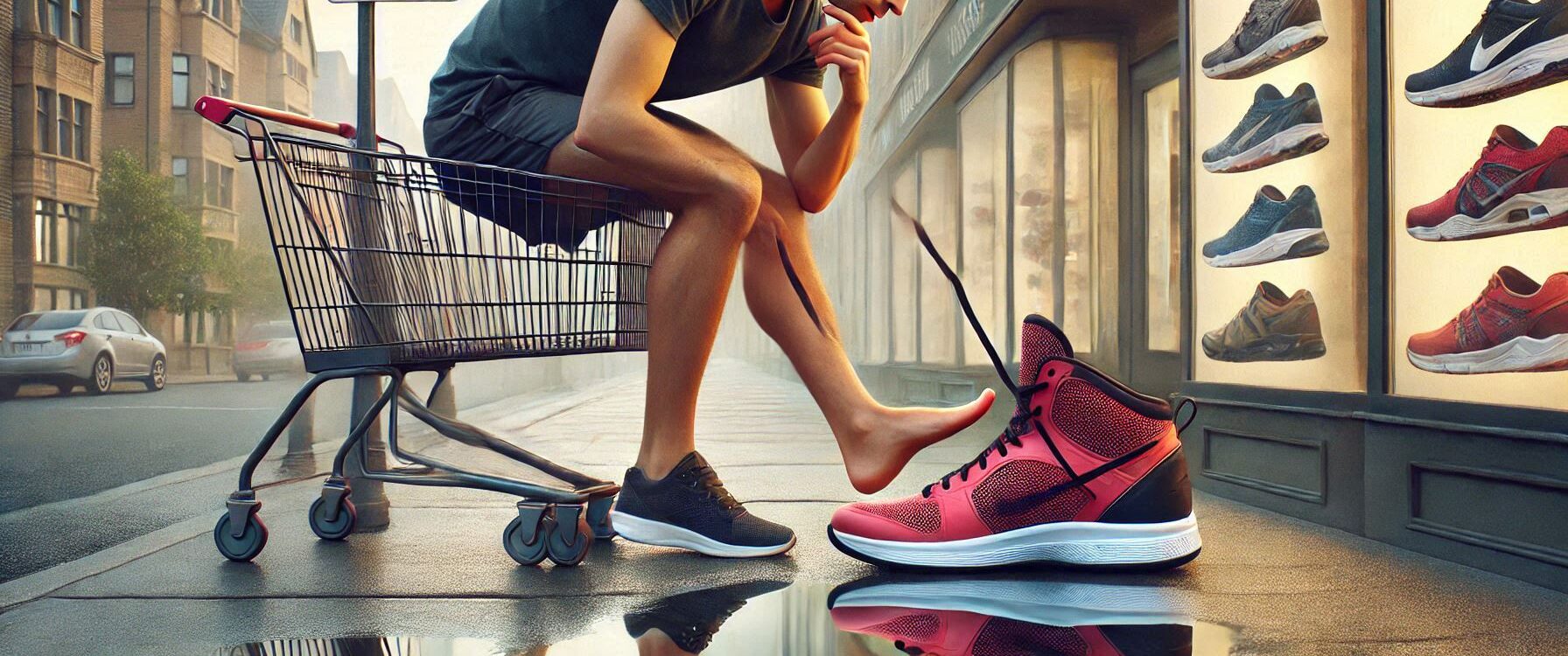
Let’s see…you wouldn’t buy a car without taking it for a test drive first (or would you?), so why would anyone purchase running shoes without giving them a proper spin? Many specialty running stores offer treadmills where you can jog around before committing to any purchase—a dream come true if there ever was one!
When testing out potential candidates for “Best Shoe Ever,” pay attention not only to comfort but also how they feel during movement. Do they rub against any parts of your foot uncomfortably? Is there enough room in the toe box? Can you imagine yourself sprinting away from imaginary bears while wearing them?
Honestly speaking though—the ultimate goal here isn’t just finding footwear; it's ensuring these beauties help keep us moving rather than sidelining us due to blisters or other issues down the line!
Shoe Lifespan Considerations
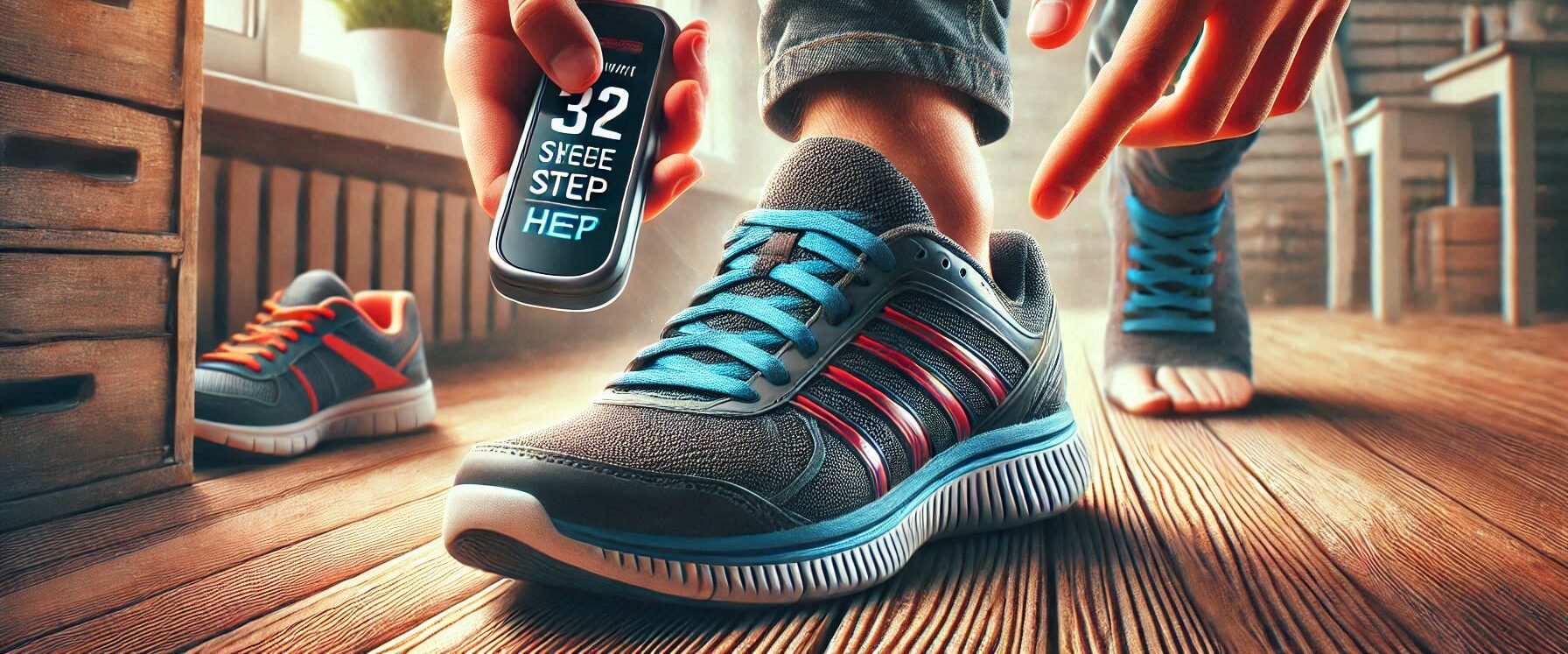
Speaking of longevity—shoes aren’t immortal beings despite what some marketing materials might suggest! Eventually—even if they were once magical—they’ll lose their charm after countless miles pounding pavement or trails.
Generally speaking (and again borrowing wisdom from seasoned runners), most trainers should be replaced every 300-500 miles depending on factors such as body weight and terrain types tackled regularly during workouts.
All things considered though—if you've noticed signs like uneven wear patterns or squishy insoles resembling deflated beach balls instead of springy clouds…it may be time for new kicks before embarking upon another journey toward fitness glory!
Staying Within Budget
Let’s wrap things up with budgeting considerations because we all know how quickly our wallets can empty when shopping becomes an Olympic sport! While investing in quality running gear is crucial—it shouldn’t break bank accounts either!
There are plenty of solid options available across various price ranges without sacrificing comfort or performance levels too drastically! Keep an eye out during seasonal sales where discounts abound—you might snag last year’s model at half price while still enjoying all its fabulous features minus those trendy colors everyone else seems obsessed with this season!
So next time someone asks how much was spent upgrading my joggers—I’ll simply smile knowingly knowing full well nobody needs new neon colors every six months anyway!
Suggested Resources:
How To Choose Running Shoes
https://www.runnersworld.com/gear/a20806611/how-to-choose-running-shoes/
The Importance of Choosing the Right Running Shoes
https://www.healthline.com/health/running-shoes
Running Shoe Guide
https://www.rei.com/learn/expert-advice/running-shoes.html

Kevin Collier is a passionate fitness enthusiast dedicated to promoting healthy living through jogging and running. With years of experience in exercise science and a keen interest in weight loss strategies, Kevin shares valuable insights and tips to help individuals achieve their fitness goals. His content on WebJog.com aims to inspire readers to embrace an active lifestyle, emphasizing the benefits of consistent exercise for both physical and mental well-being. Whether you’re a seasoned runner or just starting your fitness journey, Kevin’s expertise and encouragement will motivate you to stay active and live your healthiest life.


